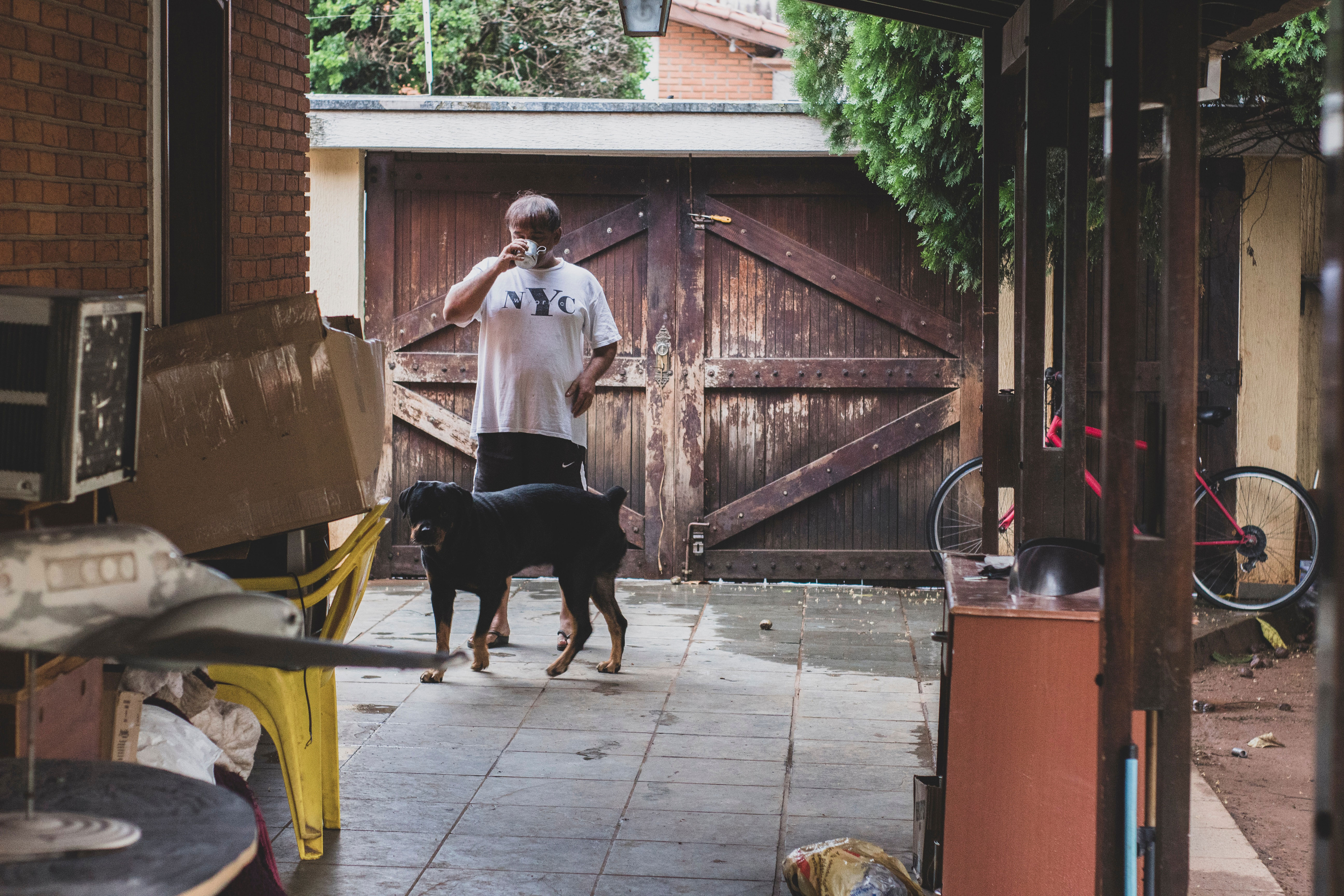
End of Life Planning for Pet Owners
Whether you have a dog, cat, rabbit, or iguana, pets can quickly become a part of the family. More than 85 million families in the U.S. have some kind of pet in the house, and all it takes is a quick search on YouTube to see how people care for those pets and really treat them as a legitimate family member (we’re looking at you, Shiba inu videos!).
So, when you’re considering end-of-life options, it can be overwhelming and hard to think about. But, if you’re older, or if you’re dealing with health issues, it’s important to make sure your pet will be taken care of if you were to pass away.
Additionally, it can be hard to think about the fact that your pet might not always be around. Planning for their end of life, especially if they’re older or sick, is also important. It will make the process easier and will give you time to actually grieve, rather than having to take care of the details when you’re vulnerable and broken-hearted.
Let’s look at a few useful tips you can use to make sure your pet will be taken care of if you’re no longer around, as well as what you can do to make the grieving process easier if your pet were to pass.
Making Sure Your Pet is Taken Care Of
There are so many benefits to having a pet when you’re older. They provide companionship, they can encourage you to exercise, and they help keep you on a steady routine. But, one of the risks, when you get a pet in your older years, is that they might outlive you. The same can be said for someone dealing with some type of disease or fatal illness. While it’s not exactly the most pleasant thing to think about, and many people do put off end-of-life planning because of the upsetting nature thinking about it, making sure your pet will be properly taken care of if you’re gone can at least give you some peace of mind.
If there isn’t an established plan for your pet, you run the risk of them ending up in a shelter. Even if you have close family members or friends, not everyone is equipped or willing to take on a new pet. In what would already be a confusing time for your furry friend, shipping them off to a shelter because they have nowhere else to go would be a tragedy.
So, even if you know no one can take care of your pet the way you can, it’s always a good idea to have a plan in place. Designate specific caretakers for your pet after you pass. It’s a good idea to talk to people about this to make sure they would be on board. You can also put away some money for that caretaker to help them with the expenses caused by the pet. So, it won’t be an extra burden for them.
Some people choose to write their wishes for their pets in their will or an advanced directive, which is also acceptable. But, again, you should make a point to talk to whomever you want to take care of your pet after you’re gone beforehand. The more they know about it, the more prepared they will be.
How to Plan for the Death of a Pet
On the other end of the spectrum, it’s never easy to think that your little four-legged friend might not always be there. Dealing with the loss of a pet is incredibly hard.
You’ll have to go through a journey of grief if you do lose your beloved pet, and no two journeys are exactly alike. But, you have to accept that it happened and figure out what you can do to move past it. Taking care of your mental and physical health will make a big difference in how well you can get through the tragic event.
Another thing that can help is to prepare as much as possible for the end of your pet’s life. Knowing when the right time is to actually make that decision can ease your mind a bit. No one wants their pet to be in any kind of pain or discomfort, or to suffer from some horrible illness. If you’ve been thinking about putting your pet down, consider some of these signs:
- Their quality of life has diminished.
- They likely won’t recover.
- A veterinarian/professional has told you it’s time.
Knowing your pet is at the end of their days is hard. Spend as much quality time with them as possible. This will be the start of the grieving process and will give you a chance to accept what is about to happen. Once you’re able to do that, you can start to focus on the “logistics” of losing your pet, such as paying to have them put down, and deciding if you want them buried, cremated, etc.
Nowadays, there are unique options that can keep the memory of your pet alive forever, including cremation jewelry that will allow you to carry your companion’s ashes around discreetly. You can also opt for custom plaques or urns for your pet’s ashes. Don’t be afraid to think of unique memorials when it comes to creating a way to remember them.
No matter what, being as prepared as possible—whether it’s for someone else to care for your pet, or for you and your family to deal with a loss—can make the whole process feel less overwhelming. Pets become a part of our families for a reason. Doing what you can at the end of life will make that loss easier for everyone involved.










